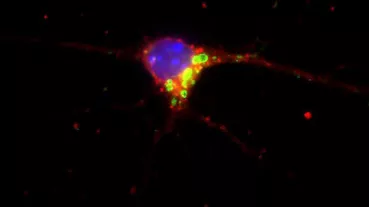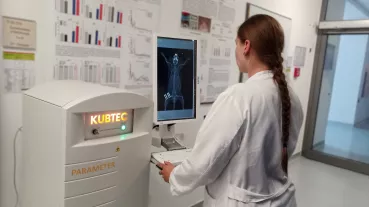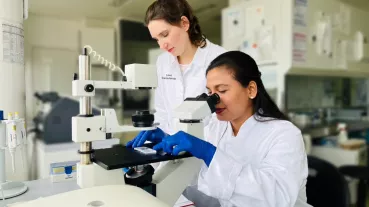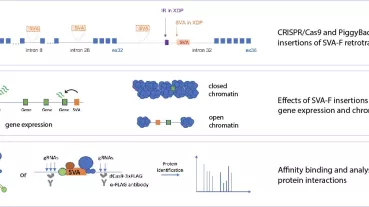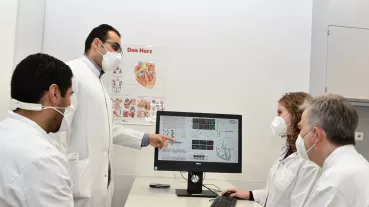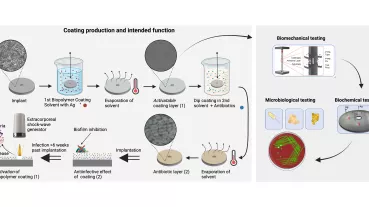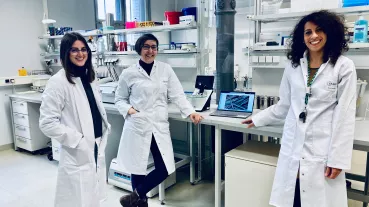A role for the Wilms tumour suppressor gene Wt1 in female fertility
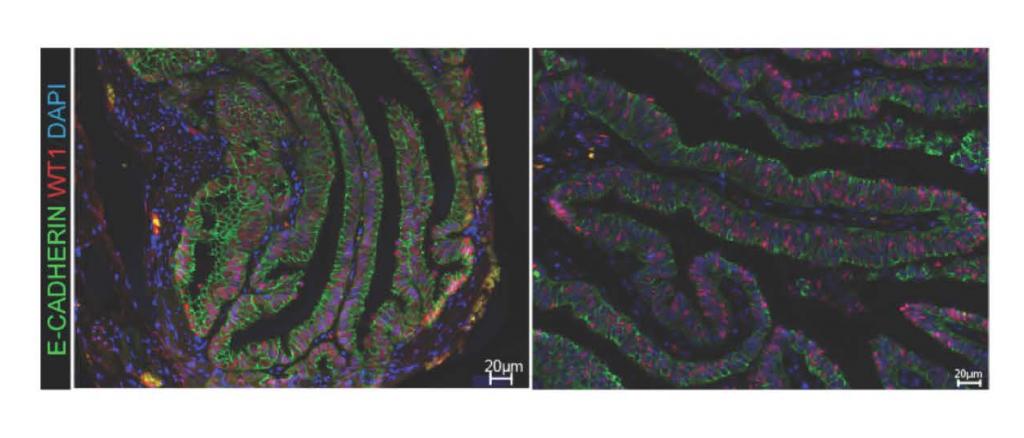
Human life starts with the fusion of oocyte and sperm, a process that happens in the oviduct of the mother. During the subsequent cell divisions the developing embryo migrates through the oviduct before it implants in the uterus between day 5 and 6. Migration and division of the embryo have to be precisely coordinated and regulated; otherwise tubal pregnancy or loss of the embryo might result.
For the coordination of migration and division the biochemical milieu of the oviduct is of critical importance. In this project we follow up on the observation that mice with a loss of one copy of the Wilms tumor gene Wt1 show a reduced fertility. We hypothesize that this is due to an altered environment of the migrating embryo before implantation. The aim of the project is to elucidate the mechanism by which Wt1 regulates the biochemical environment of the early embryo.
Here you can get further information.
